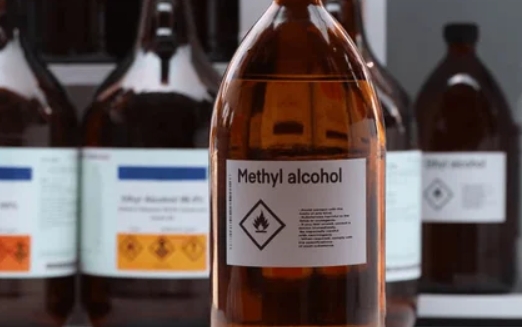
Eutrophication, a phenomenon that disrupts aquatic ecosystems, has become a pressing environmental concern worldwide. It is crucial to understand the chemical substances responsible for this process in order to mitigate its detrimental effects. In this article, we delve into the depths of eutrophication and explore the primary chemical substance that triggers this ecological imbalance.
- The Essence of Eutrophication:
Eutrophication refers to the excessive enrichment of nutrients, particularly nitrogen and phosphorus, in aquatic environments. This surplus of nutrients fuels the growth of algae and other aquatic plants, leading to a series of cascading effects that disrupt the delicate balance of ecosystems. - Nitrogen and Phosphorus: The Dynamic Duo:
Among the various chemical substances implicated in eutrophication, nitrogen and phosphorus play pivotal roles. These nutrients originate from both natural and anthropogenic sources, including agricultural runoff, industrial discharges, and wastewater treatment plants. - Nitrogen: The Silent Intruder:
Nitrogen, in its various forms such as nitrate and ammonia, is a key driver of eutrophication. Excessive nitrogen inputs can result in algal blooms, oxygen depletion, and subsequent fish kills. Agricultural practices, such as the use of nitrogen-based fertilizers, contribute significantly to nitrogen pollution in water bodies. - Phosphorus: The Precursor of Algal Blooms:
Phosphorus, primarily in the form of phosphate, is another critical nutrient responsible for eutrophication. It acts as a limiting factor for algal growth, and even small increases in phosphorus concentrations can trigger algal blooms. Common sources of phosphorus include agricultural runoff, detergents, and sewage discharges. - Emerging Culprits: Emerging Contaminants and Eutrophication:
In recent years, emerging contaminants such as pharmaceuticals, personal care products, and microplastics have garnered attention for their potential role in exacerbating eutrophication. These substances, often present in wastewater effluents, can introduce additional nutrients and disrupt the natural balance of aquatic ecosystems. - Mitigating Eutrophication: A Holistic Approach:
To combat eutrophication, a comprehensive approach is necessary. Implementing best management practices in agriculture, improving wastewater treatment processes, and promoting sustainable land use are crucial steps. Additionally, raising awareness and fostering responsible consumption habits can contribute to reducing nutrient inputs into water bodies.
Conclusion:
Eutrophication, driven by excessive nitrogen and phosphorus inputs, poses a significant threat to aquatic ecosystems. Understanding the chemical substances responsible for this ecological imbalance is essential for effective mitigation strategies. By addressing the sources of nutrient pollution and adopting sustainable practices, we can strive towards restoring the health and balance of our precious water resources.

